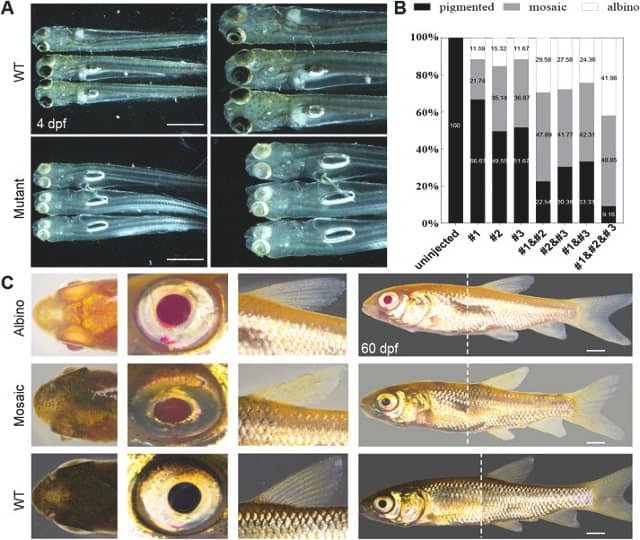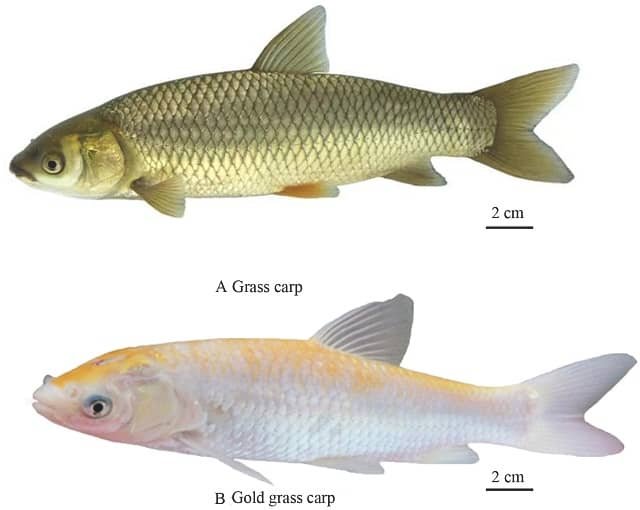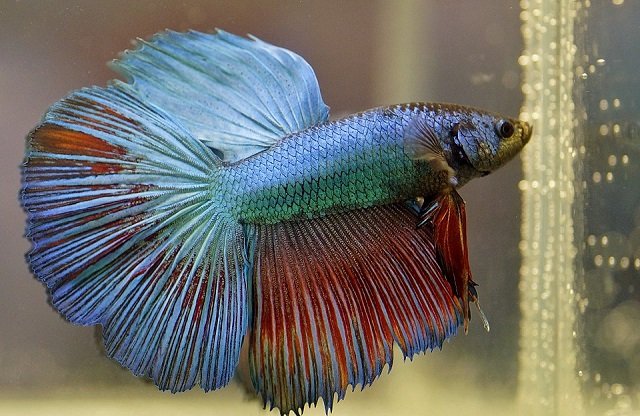
The herbivorous carp (Ctenopharyngodon idella) is a cornerstone of Chinese freshwater aquaculture, valued for its rapid growth and high productivity. However, inbreeding and environmental stress factors have led to a decline in genetic diversity and disease resistance.
An innovative study published in Reproduction and Breeding by scientists from Southwest University demonstrates how CRISPR/Cas9 genome editing can address these challenges by creating a visually striking golden herbivorous carp variant with potential commercial and ornamental value.
Genetic editing and carp aquaculture
Golden herbivorous carp, prized for its golden body color, faces challenges such as a shortage of natural germplasm resources and long-term reliance on inbreeding. This results in offspring with mottled coloration, high deformity rates, and lower disease resistance.
In this context, advancements in genome editing technologies like CRISPR/Cas9 have enabled the precise alteration of traits in organisms. This technology has been used to enhance desirable traits in many fish species, such as growth rate, body color, and muscle mass.
Researchers have successfully mutated the PI4KB gene in herbivorous carp to generate mutants with improved growth and disease resistance. In this study, the authors used the CRISPR/Cas9 system to alter the tyrb gene and produce golden herbivorous carp mutants.
Methodology
The researchers used CRISPR/Cas9 gene editing to mutate the tyrb gene in herbivorous carp. The tyrb gene is involved in melanin production. They induced artificial spawning using hormones to obtain single-cell embryos. Then, they microinjected a mixture of guide RNA (gRNA) and Cas9 protein to mutate the tyrb gene. The alteration of the tyrb gene resulted in a distinct golden phenotype with a reduction or absence of melanophores.
This study represents the first application of CRISPR/Cas9 genome editing technology in herbivorous carp. The results could be significant for the future production of new golden herbivorous carp germplasm.
Key findings
The researchers obtained single-cell herbivorous carp embryos through hormone-induced artificial spawning. They injected gRNA and Cas9 protein into the embryos to mutate the tyrb gene.
Stay Always Informed
Join our communities to instantly receive the most important news, reports, and analysis from the aquaculture industry.
The study found that the tyrb gene is highly expressed in skin and fin tissues. The gene alteration resulted in a golden phenotype with reduced or absent melanophores. Using multiple gRNAs led to a high mutation rate.
By injecting CRISPR/Cas9 components into single-cell embryos, the researchers achieved a high mutation efficiency (up to 60%) and observed:
- Golden body color due to melanin loss.
- Red eyes, distinguishing the mutants from natural golden herbivorous carp variants.
- Preserved xanthophores, ensuring vibrant coloration.
Compared to traditional black-eyed golden herbivorous carp, these red-eyed mutants not only possess higher ornamental value but also exhibit stable coloration (thanks to the irreversible loss of melanophores), fundamentally eliminating color deterioration caused by inbreeding.
Potential applications
The results of this study demonstrate that CRISPR/Cas9 can be used to modify the genome of herbivorous carp and produce new germplasm. The authors state that this method can help breed herbivorous carp with enhanced traits such as disease resistance, intermuscular bone structure, and muscle mass.
In this regard, the main advantages include:
- Higher Market Value: Golden herbivorous carp is typically sold at twice the price of its wild counterparts.
- Stable Phenotype: Unlike natural golden variants (prone to irregular pigmentation and inbreeding defects), CRISPR-edited fish maintain uniform coloration.
- Potential Disease Resistance: The study suggests that this method could be adapted to improve other characteristics, such as growth and immunity.
Conclusion
This study marks the first successful application of CRISPR/Cas9 in herbivorous carp, providing a pathway to develop genetically improved high-value strains. The golden phenotype not only meets aesthetic demand but also highlights the potential of gene editing in sustainable aquaculture.
These findings represent a crucial breakthrough in herbivorous carp breeding through molecular design. The stable golden germplasm developed could transform aquaculture practices, driving the industrialization of high-value ornamental and edible varieties.
The study was funded by the Agriculture Biobreeding Major Project and Fundamental Research Funds for the Central Universities.
Contact
Xingyong Liu
Key Laboratory of Freshwater Fish Reproduction and Development (Ministry of Education), Key Laboratory of Chongqing Municipality for Aquatic Economic Animal Resources Conservation and Germplasm Creation, School of Life Sciences, Southwest University
Chongqing, 400715, China
Email: liuxy2020@swu.edu.cn
Reference (open access)
Zhao, P., Cheng, J., Zhang, L., Li, W., Dai, S., Li, M., Wang, D., & Liu, X. (2025). Highly efficient disruption of tyrb gene using CRISPR/Cas9 in grass carp (Ctenopharyngodon idella). Reproduction and Breeding, 5(1), 38-44. https://doi.org/10.1016/j.repbre.2024.12.003
Editor at the digital magazine AquaHoy. He holds a degree in Aquaculture Biology from the National University of Santa (UNS) and a Master’s degree in Science and Innovation Management from the Polytechnic University of Valencia, with postgraduate diplomas in Business Innovation and Innovation Management. He possesses extensive experience in the aquaculture and fisheries sector, having led the Fisheries Innovation Unit of the National Program for Innovation in Fisheries and Aquaculture (PNIPA). He has served as a senior consultant in technology watch, an innovation project formulator and advisor, and a lecturer at UNS. He is a member of the Peruvian College of Biologists and was recognized by the World Aquaculture Society (WAS) in 2016 for his contribution to aquaculture.




